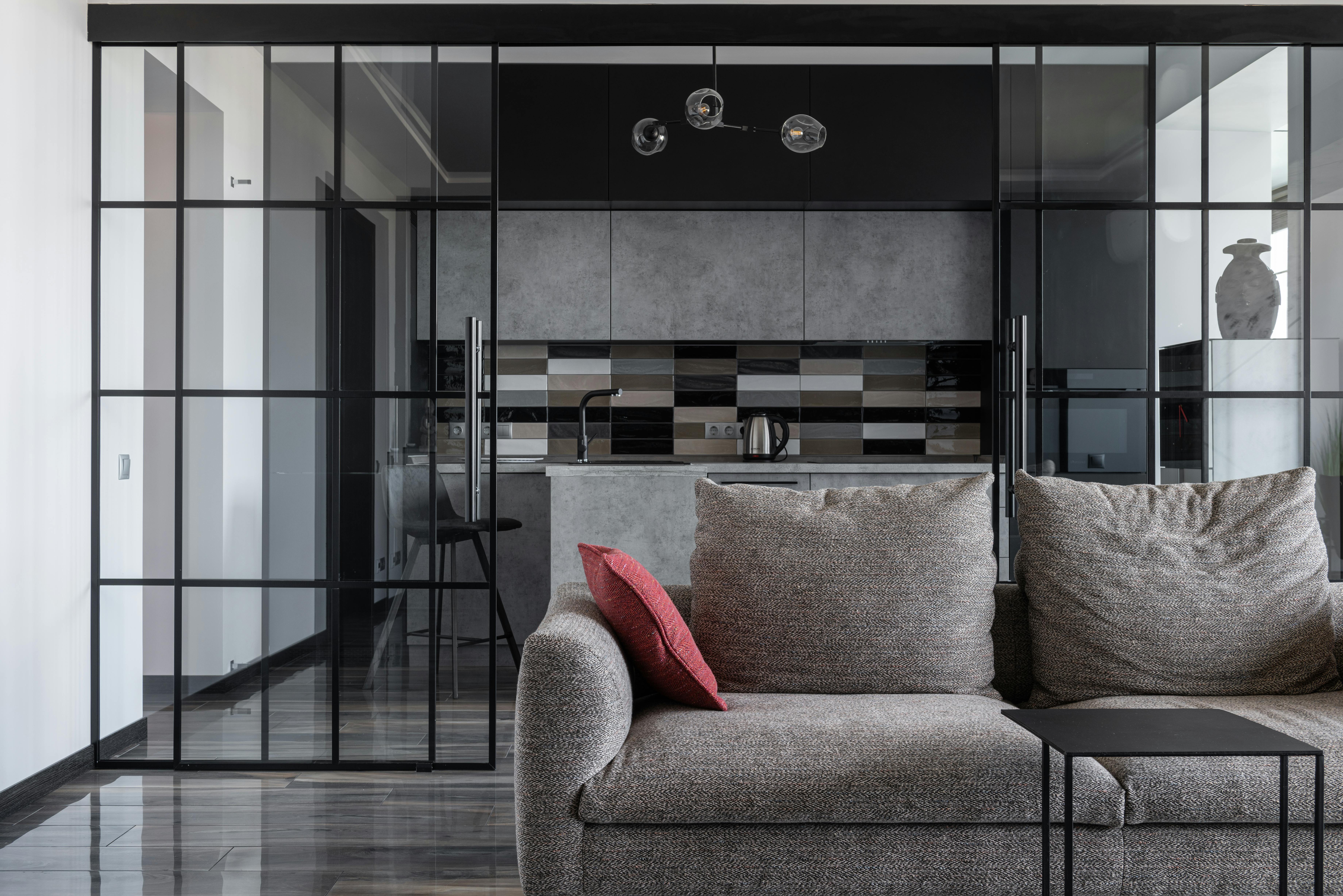Laser Skin Rejuvenation: Restore Radiance & Texture
Discover how laser skin rejuvenation can refresh your complexion, reduce fine lines, fade sun damage, and improve texture. This advanced, non-surgical approach uses focused light energy to stimulate collagen and even skin tone. Learn treatment types, recovery expectations, costs, and how to maintain long-lasting results with proper skincare and sun protection.

Laser skin rejuvenation has become a go-to option for people wanting to refresh their complexion without surgery. By delivering controlled light energy to the skin, laser treatments encourage collagen production, improve pigmentation, and renew texture. Whether you want to soften lines, reduce scarring, or restore a more even tone, understanding how these procedures work will help you choose the right approach and set realistic expectations.
What skin concerns can laser treatments improve?
Laser rejuvenation can address a broad spectrum of cosmetic issues. Common targets include:
- Fine lines and wrinkles: Lasers can smooth shallow lines by stimulating collagen and tightening the skin.
- Sun damage and age spots: Targeted wavelengths break up pigment, lightening brown spots and sun-related discoloration.
- Uneven tone and texture: Treatments help even out blotchy skin and refine rough or crepey areas.
- Enlarged pores: By promoting collagen and remodeling skin, lasers can make pores appear smaller.
- Mild to moderate acne scarring: Certain lasers reduce the depth and visibility of scars by resurfacing and rebuilding tissue.
- Dull skin: Renewed cell turnover and improved blood flow create a brighter, healthier complexion.
Many patients choose laser therapy because it can tackle several of these concerns in a single session or a planned series of sessions.
Types of laser rejuvenation and how they differ
Laser systems vary by intensity and how they interact with the skin. The main categories are:
-
Ablative lasers: These remove the epidermis (outer skin layer) and some dermal tissue, prompting robust collagen rebuilding. Examples include CO2 and Erbium YAG lasers. Ablative treatments produce dramatic results but require more downtime and careful aftercare.
-
Non-ablative lasers: These heat deeper layers of the skin without removing the surface, encouraging collagen remodeling while preserving the epidermis. Nd:YAG and many fractional non-ablative devices fall into this class. Recovery is typically quicker, although multiple sessions are often needed for comparable results.
-
Fractional lasers: Offered in both ablative and non-ablative formats, fractional devices treat a pattern of microscopic columns, leaving surrounding tissue intact. This fractional approach accelerates healing and reduces recovery compared with fully ablative resurfacing.
Choosing between types depends on your skin concerns, desired outcome, skin type, and tolerance for downtime. A professional assessment will guide the right selection.
What to expect during a treatment
A typical laser rejuvenation journey follows a predictable sequence:
- Consultation: A clinician evaluates your skin, reviews medical history, and discusses goals to determine the most appropriate device and treatment plan.
- Preparation: On procedure day the skin is cleansed. For more intensive procedures, a topical numbing cream may be applied to increase comfort.
- Procedure: The provider passes the laser handpiece across the treatment area. Sensations vary by device—patients report anything from a warm prickling to mild stinging.
- Aftercare: You’ll receive instructions that may include gentle cleansing, topical ointments, and sun avoidance. Downtime ranges from minimal redness to several days or weeks, depending on the treatment intensity.
Session length typically runs from 30 minutes to an hour, though larger or combined areas may take longer. Multiple sessions are common with non-ablative approaches to build cumulative improvement.
Benefits and potential side effects
Advantages of laser skin rejuvenation include:
- Smoother texture and more even tone
- Reduced appearance of fine lines and superficial wrinkles
- Fading of hyperpigmentation and sun spots
- Increased collagen for firmer-looking skin
- Shorter recovery than surgical alternatives in many cases
- Long-lasting improvements when followed with proper maintenance
Possible side effects and risks to consider:
- Temporary redness, swelling, or mild discomfort
- Transient changes in skin pigment (hyperpigmentation or hypopigmentation)
- Risk of infection if aftercare is not followed
- Prolonged sensitivity to sunlight
- Rarely, scarring or prolonged color changes with aggressive treatments
A qualified provider will explain the likelihood of side effects based on your skin type and the selected laser.
| Provider | Treatment Type | Average Cost Range |
|---|---|---|
| Aesthetic Clinics | Fractional CO2 Laser | $1,000 - $2,500 per session |
| Dermatology Offices | Non-ablative Laser | $300 - $800 per session |
| Medical Spas | IPL (Intense Pulsed Light) | $400 - $600 per session |
| Plastic Surgery Centers | Erbium Laser | $1,500 - $3,000 per session |
Prices, rates, or cost estimates mentioned in this article are based on the latest available information but may change over time. Independent research is advised before making financial decisions.
How long do results last and how to maintain them?
The durability of results varies. Many people see visible improvements for several months to years after treatment, but natural aging and environmental exposure will continue to affect the skin. To extend and maintain outcomes consider:
- Regular sunscreen use to protect treated skin from UV damage
- A consistent skincare routine including moisturizers and topical antioxidants
- Periodic maintenance sessions as recommended by your clinician
- Healthy lifestyle choices—adequate sleep, hydration, balanced diet, and avoiding smoking
Your provider can recommend an interval for maintenance treatments based on the initial procedure and your goals.
Laser skin rejuvenation can offer meaningful, lasting improvements for a range of cosmetic concerns, but success depends on selecting the right technology, following professional aftercare, and protecting the skin long-term. Speak with a board-certified dermatologist or licensed aesthetic provider to create a tailored plan that matches your skin type and expectations.
This article is for informational purposes only and should not be considered medical advice. Please consult a qualified healthcare professional for personalized guidance and treatment.





